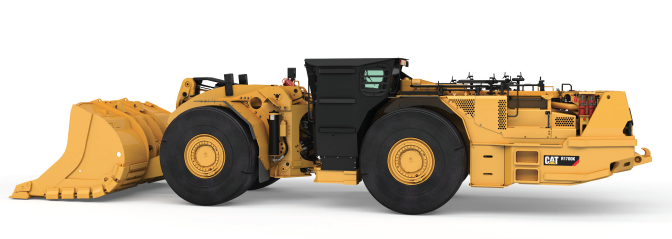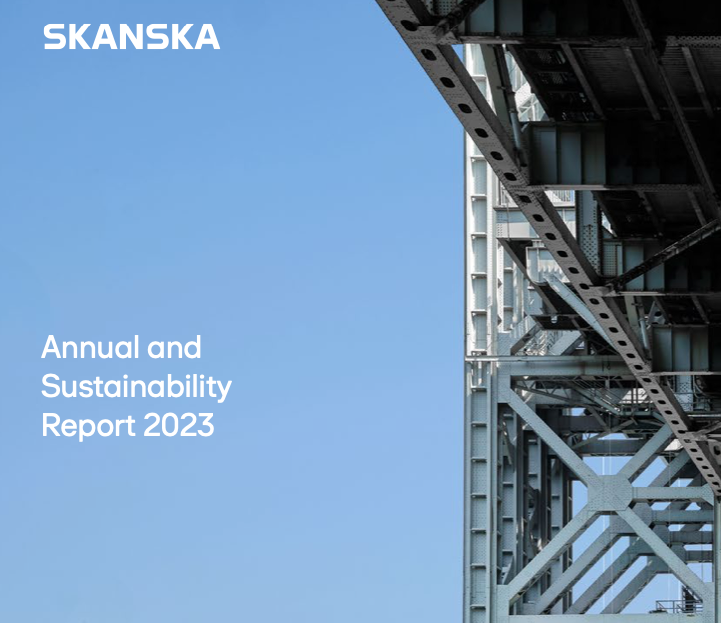Project Description

A major step-up for underground miners
CLIENT: WesTrac
PUBLISHED: WesTrac website
ORIGINAL ARTICLE: A major step-up for underground miners
CREATED: May 2019
AUTHOR: Fallon Dasey
With a bigger payload and more powerful engine, the new model Cat R1700 underground loader looks on paper to be major step-up from its predecessor. But how do the old and new models compare under real Australian conditions? A new production study undertaken in Western Australia’s goldfields shows the new R1700K offers mine operators major productivity and efficiency gains.
Mining loaders play a crucial role in underground operations, loading, hauling and dumping orebearing material for transportation to the surface for processing. A good loader fleet can boost the efficiency of the entire mine, significantly improving the bottom line for both the mine owner and the contract miners they employ.
The Cat R1700 underground mining loader has been a trusted presence on the Australian mining scene for more than twenty years and is used on countless mine sites across the country. In 2019, the incumbent model, the R1700G is being replaced with the new R1700K. The new model shifts up a weight class, delivering a 20 percent larger payload, and boasts a larger Cat C13 ACERT engine. On paper, it’s clearly the superior machine.
But is the new Cat R1700 more efficient than its predecessor in day-to-day operations? And just what kind of performance is it capable of under real Australian conditions?
To find out, leading Australian Cat dealer WesTrac cooperated with Caterpillar, contract miner PYBAR and mine operator Ramelius Resources to conduct a production study at the Vivien Mining operation in Western Australia.
Over four days of intensive testing, the outgoing and incoming Cat R1700s models were assessed across a wide range of performance criteria including fuel burn and tonnes of material moved.
The results were clear cut. The Cat R1700K shifted more tonnes per hour, spent less time in the pile and required just three passes to fill the 45-tonne Cat AD45B load trucks, compared to four for the Cat R1700G. It also used less fuel.
“The Cat R1700K is significantly more productive,” says Brendan Rouse, CEO of contract miner PYBAR, one of the study partners. “It’s got a bigger capacity bucket on it, the breakout force and the acceleration are better than the old model, and it’s more efficient overall. It takes things to the next level.”
About the test environment
Leading Australian gold producer Ramelius Resources owns the Vivien Gold Mine 15 kilometres outside of the town of Leinster in Western Australia’s northern goldfields region.
Contract miner PYBAR has the mining services contract for the operation, which is focused on extracting a high-grade, quartz-vein-hosted gold lode deposit.
PYBAR has been in operation for 25 years and operates 12 mining sites in NSW, Queensland, Tasmania, Western Australia and the Philippines.
About the test
The production study involved assessing the performance of a Cat R1700G loader that had recorded approximately 25,000 operating hours and a Cat R1700K loader that had recorded approximately 1800 hours. The study was conducted between 18 and 22 June 2018.
Each loader performed two trials in which they were required to load high-grade ore and one trial in which they were required to load waste from the waste-pad back underground. The cycle times for loading the Cat AD45B load trucks were recorded and captured on video, and each truck was weighed on a scale. Fuel consumption and engine hours were recorded at the start and the end of each day’s trial.
Rigorous efforts were taken to ensure the impartiality of the testing.
The Results
Analysis of the results show that the new Cat R1700K significantly outperformed its predecessor across a wide range of metrics. The new Cat R1700 was 33 percent faster at completing a full loading cycle and spent 40 percent less time in the pile to load its bucket. The new model was able to hold 29 percent more tonnes of ore in its bucket.
It also achieved a 10 percent higher bucket-fill factor for ore and an eight percent higher bucket-fill factor for waste.
The fuel results were equally impressive. Despite far higher levels of productivity, the new Cat R1700K used 34 percent less than its predecessor during testing.
Cat R1700G
Bucket size 5.7m3
Engine Cat C11 ACERT
Payload (based on Bucket configuration) 12,771kg
Avg. bucket load (tonnes) 9.08
No. of passes to load truck 4
Avg. time in pile 48 secs
Fuel efficiency
Avg. tonnes per litre of fuel 1.45
Avg. fuel litres per hour 37.61
Conclusions
WesTrac Mining Account Manager Colin George says the significant productivity and fuel efficiency gains of the R1700K make it an attractive proposition for mine owners and contract miners looking to reduce costs and increase yields. “Mine operators will be burning the same or less fuel and getting significantly more tonnes per cycle,” he says.
“Tonnes out of the hole of ore-bearing dirt equates to grams per tonne and that keeps the mine afloat.”
PYBAR’s Brendan Rouse says competition in the contract mining market is intense, meaning operators need to find innovative ways of increasing their margins. The features on the new model R1700 have the potential to reduce costs.
“The bigger bucket on the R1700K means that rather than having to go back for a little more to complete a load you get an extra few tonnes and reduce the number of passes,” he says.
“Ultimately, you’re moving more tonnes in the same amount of time.”
Brendan Rouse says the lower fuel consumption figure for the R1700K is also good news, whether mine operators or contract miners are meeting fuel costs.
So, what’s Brendan Rouse’s overall assessment of the R1700K and the study results? “We’re really impressed with the design work that had gone into the machine which has resulted in improved efficiency, improved productivity and improved safety,” he says. “We see it as the new standard for the Caterpillar loaders going forward and we’re already talking about transitioning over to the new R1700s.”



